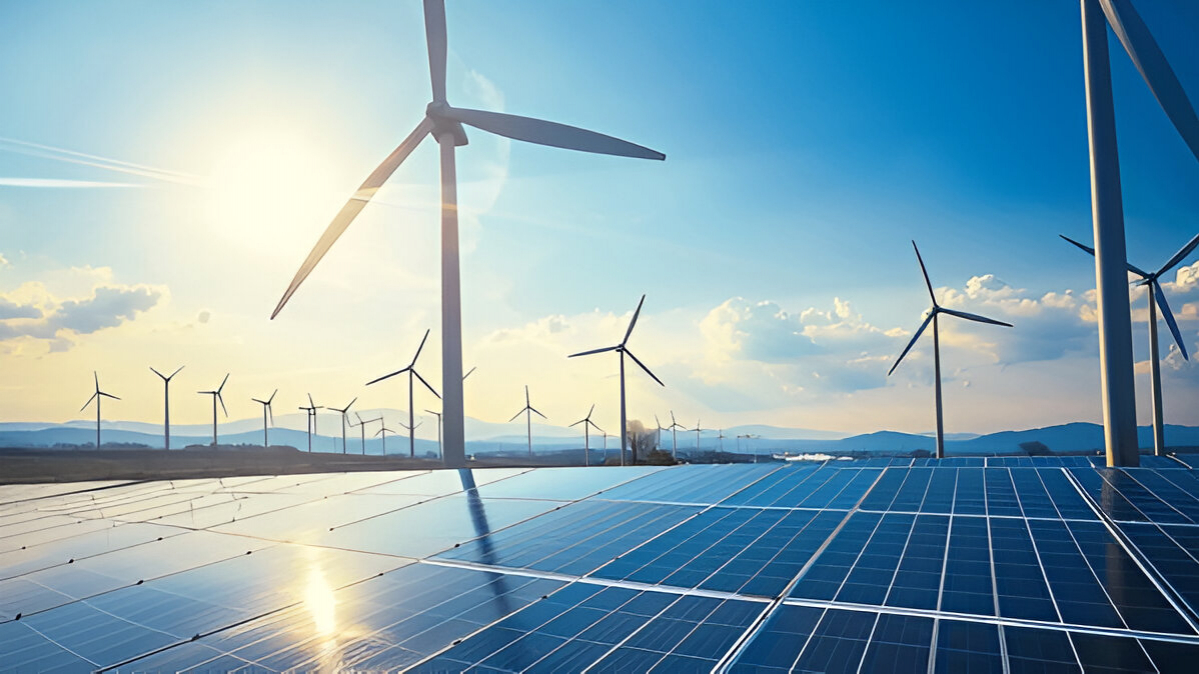Introduction
Solar power grew fast in India. Wind had its phase before that. Both are still important, but the focus now is on hybrid projects. A Renewable Energy Development Company plays a key role in making these work.
Building a solar plant or a wind plant alone is not the main challenge anymore. The harder part is combining them. A Solar Wind & Hybrid Power Plant is not just panels and turbines in the same field. It needs careful planning, grid integration, and often storage. Without this, hybrids can end up as unreliable and costly projects.
Why hybrids are different
Solar and wind are often described as a natural fit. In practice, they don’t always balance each other. Sometimes both underperform. Sometimes both overproduce at once. A hybrid plant is not just about co-location but about managing supply properly. A Renewable Energy Development Company steps in here. Its role is broader than construction. It involves forecasting, modeling, working with utilities, and ensuring grid compliance. This often means justifying storage to regulators, even if it increases cost. Without storage, dispatchability is limited. And India’s grid cannot handle more unpredictability.
The nuts and bolts nobody talks about
Land, transmission, and approvals matter more than technology. A Solar Wind & Hybrid Power Plant needs larger land parcels and more complex clearances. Projects often stall because of delays in transmission connectivity. A good development company handles this early. They choose land not only for resource quality but also for access to substations, roads, and water. These factors shape project economics more than the panels or turbines themselves. Operations and maintenance are another concern. Solar panels need cleaning and calibration. Wind turbines require inspections. Combining them adds complexity. Development companies that take responsibility for long-term performance stand out here.
Policy pushes and reality checks
India has set targets for hybrid power. Policies encourage co-location of solar and wind, with benefits such as shared evacuation systems. On paper this looks promising. In practice, regulations vary by state. Some states encourage hybrids while others treat them as exceptions. Banking rules, charges, and penalties often remain unclear even after projects start. This is why development companies need strong policy knowledge. Technical design alone is not enough. If banking or tariff rules shift, the project’s economics can collapse. Hybrids are not a guaranteed solution. They need consistent regulatory support.
Storage—friend or foe?
Storage is often suggested as the fix for hybrid projects. It does help with variability, but costs are still high. Battery life also does not match the long contract terms of hybrids. Most current projects in India run without storage. Some use pumped hydro or trial batteries, but cautiously. A Renewable Energy Development Company has to be realistic about what is affordable. Overpromising storage can damage credibility. That said, storage will become essential as prices fall. At that point, hybrids will evolve into round-the-clock power sources. The key is timing the investment properly.
Why it matters now
Hybrid plants are important for India’s energy future. Land is limited, grid capacity is tight, and demand is rising. A Solar Wind & Hybrid Power Plant uses land more efficiently than stand-alone sites and can improve economics. But making the case to investors requires more than technology. A Renewable Energy Development Company must provide feasibility studies, secure permits, and take responsibility for risks. This role builds trust between financiers, regulators, and suppliers. Hybrid projects also offer developers a chance to stand out. Solar alone is crowded and margins are thin. Wind is struggling to regain pace. Hybrids combine both in a way that rewards strong planning and execution.
A personal take
Hybrids are not a perfect answer. They won’t fix every grid issue or make India fully renewable overnight. But they are a practical step forward. They make better use of land and resources and push developers to think more carefully about integration. The Renewable Energy Development Company of the future will not just build plants. It will need to manage grid planning, regulation, and storage strategy. Hybrids require this wider role. So the success of hybrids depends less on technology and more on how well developers bring the pieces together. They are complex, but they represent the kind of progress the sector now needs.









